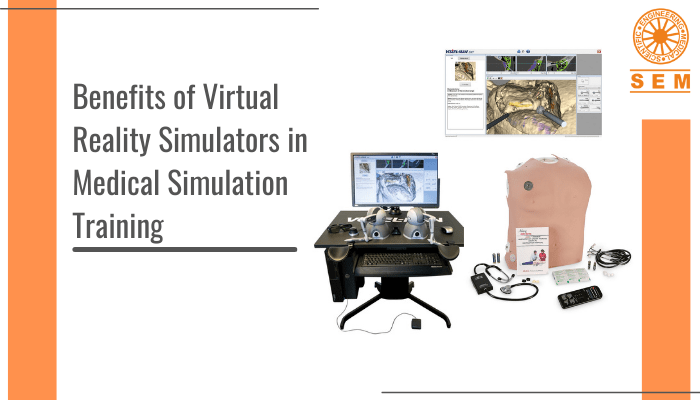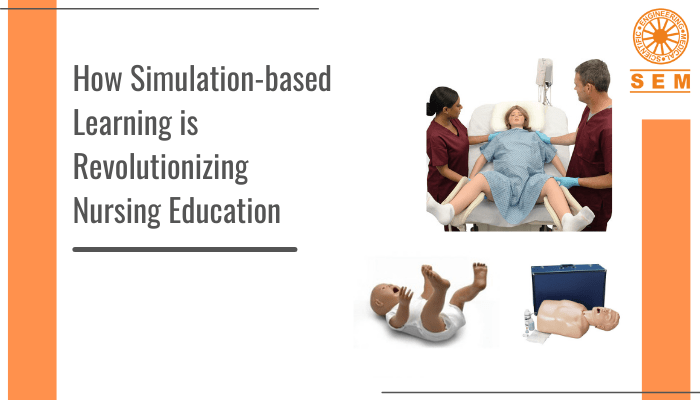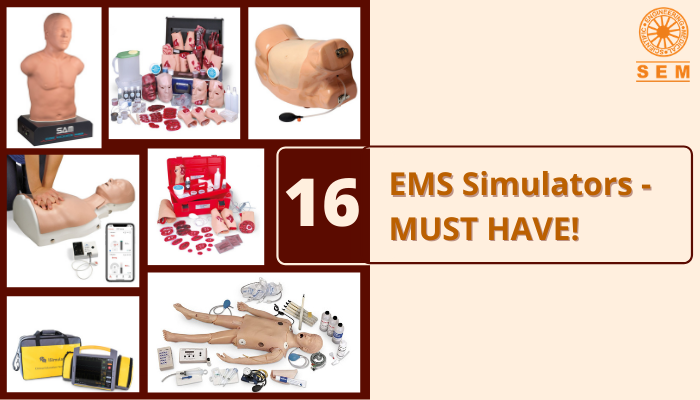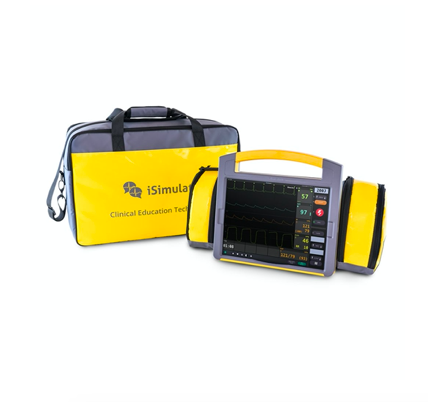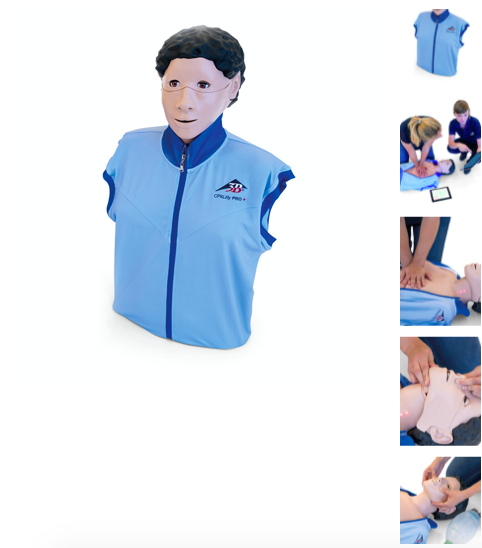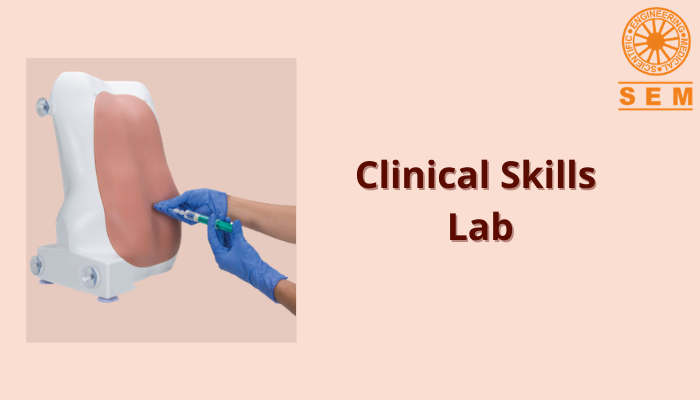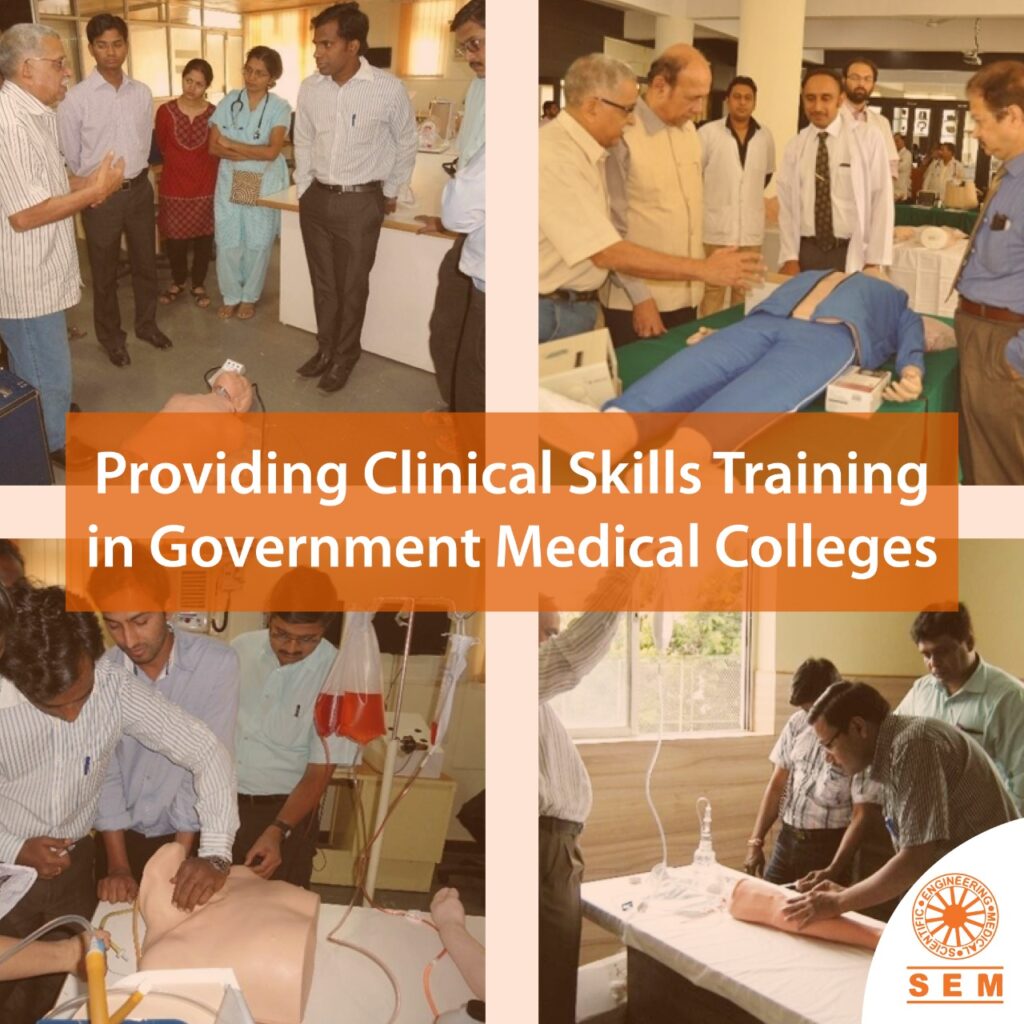Benefits of Virtual Reality Simulators in Medical Simulation Training
If the pandemic has taught us anything, it is that no matter what life throws at us, we can keep going. While everyone switched to online learning, it was not possible to learn practical medical and surgical skills on a video call. So, we adopted Virtual Reality into simulation training for learning medical and surgical skills so students can still learn practical skills. But Virtual Reality simulators is much more.
What is Virtual Reality and How Does it Apply to Medical Training?
Simulation can be classified into physical, virtual reality, and hybrid. It has already proved to be a widely accepted success in training. It gives students the opportunity to practice procedures wherever they want, whenever they want to. Learners can practice repeatedly in a safe environment, with real-time feedback, and without the risk of causing harm to real patients. But what happens if we introduce virtual reality to simulation training? Let’s first understand what virtual reality is.
Virtual Reality is a computer-generated simulated, 3D environment that you can realistically interact with using special electronic equipment (like a headset with a screen inside or gloves with sensors). There are sensory stimuli present, and how you interact with it partially determines what will happen next. For example, if you wear VR glasses and play a certain game using that, you will feel like you are in the game. In fact, it can be so surreal that many get scared while playing a game with zombies or riding a roller coaster virtually. Through the use of various senses, it creates an immersive experience for you by putting you in scenarios where you are the actor and what you do determines what happens next in the environment.
Using this concept, diverse realistic scenarios can be created for training students in medical and surgical skills. In these scenarios, they enter 360° simulated environments where they experience various sights and sounds that help create a virtual reality.
Today, VR simulators are more realistic and affordable. And research has repeatedly proven the benefits of using VR in simulation training. Without enough hands-on training, students struggle with the development of some cognitive, technical, and socio-emotional skills. This was a problem even before the pandemic- it is hard to provide enough learning opportunities for the students to develop practical skills. VR has helped immensely with this as it allows repeated practice and helps create experiences that might not be so easily accessible(and which may be stressful or rare), and does it without risks or pressure, and without time or space limitations.
Simulating Real Life with Virtual Reality Training
Using virtual reality to train learners on technical skills lets them feel the stress of a real-life scenario without the risks of the real one. And it helps them develop the skills through repeated hands-on practice. Not only are the scenarios realistic, some of them portray some of the not-so-common clinical scenarios where learners are bound to make mistakes. This helps them deal with such situations when they happen in real life.
Simulating a Multiplayer Scenario
Using virtual reality, we can prepare a multiplayer scenario, allowing learners to collaborate and work a case as a team. It lets them interact with each other the way they would do if it was real life. They can identify who gathered which kind of data (like vital signs, physical exam results, case history, and point-of-care testing), and can identify gaps in that data and fill in the blanks. They can delegate responsibilities. Virtual reality training also allows room for interprofessional simulation like by allowing learners from nursing and case management to communicate and collaborate.
Benefits of Virtual Reality Training
There’s a whole myriad of benefits offered by using VR simulation for training:
- Realistic learning environments that can be reproduced
- Repeated hands-on training
- Diverse scenarios (even those that can’t be created otherwise)
- Gamification of learning
- Performance feedback
- Continuous peer interaction
And this leads to:
- Better student motivation and presence
- Active learning
- Improved decision-making abilities
- Improved critical thinking abilities
- Better communication skills
- Helps them identify their strengths and weaknesses
- Overall, it leads to better learning and dexterity in the technical skills
Also, virtual reality simulators usually come with an in-built objective evaluation system to track and provide feedback about a learner’s performance after each procedure. This gives various parameters like the time, bleeding, bleeding volume, injuries caused, and a pass or fail remark.
It is evident that incorporating virtual reality into simulation training is capable of delivering better results than using traditional training methods. Virtual reality simulators offer a range of benefits from providing learners with a platform where they can engage in repeated hands-on training to creating scenarios that would not be possible otherwise.
Read More Blogs:
How Simulation-based Learning is Revolutionizing Nursing Education

